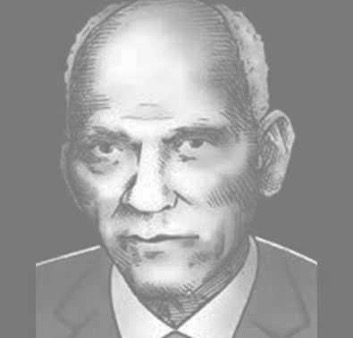
B. R. Shenoy was an Indian economist known for his work in the fields of public finance and economic planning. He was an advocate of free market economics.
In the mid-1950s, Shenoy was appointed as a member of the Panel of Economists, which authored the Draft Plan Frame, the backbone of the Second Five-Year Plan. He authored a comprehensive dissenting note, which he submitted to the Planning Commission in 1956. He criticized the plan’s emphasis on state control, which he believed would lead to inefficiencies, corruption, and a lack of incentives for private investment.
He argued that the country should rely more on market forces: the government’s role should be limited to providing a stable macroeconomic environment, and the private sector should be allowed to take the lead.
Shenoy also criticized the plan’s targets and projections, arguing that they were unrealistic and based on faulty assumptions. He called for greater emphasis on decentralization and bottom-up planning, with more power given to local governments and communities.
Further, he pointed out that the plan would require deficit financing, noting that the “size of the plan far exceeds the available savings.” Deficit financing would bring about inflationary pressures, which are “self-perpetuating.” Shenoy argued that the plan should be limited to available real resources.
Shenoy’s dissenting note was controversial, as it went against the prevailing orthodoxy of state-led development. However, his views have since gained wider acceptance in India’s economic discourse, with many economists and policy makers advocating greater reliance on market forces and a reduced role for the state in the economy.

